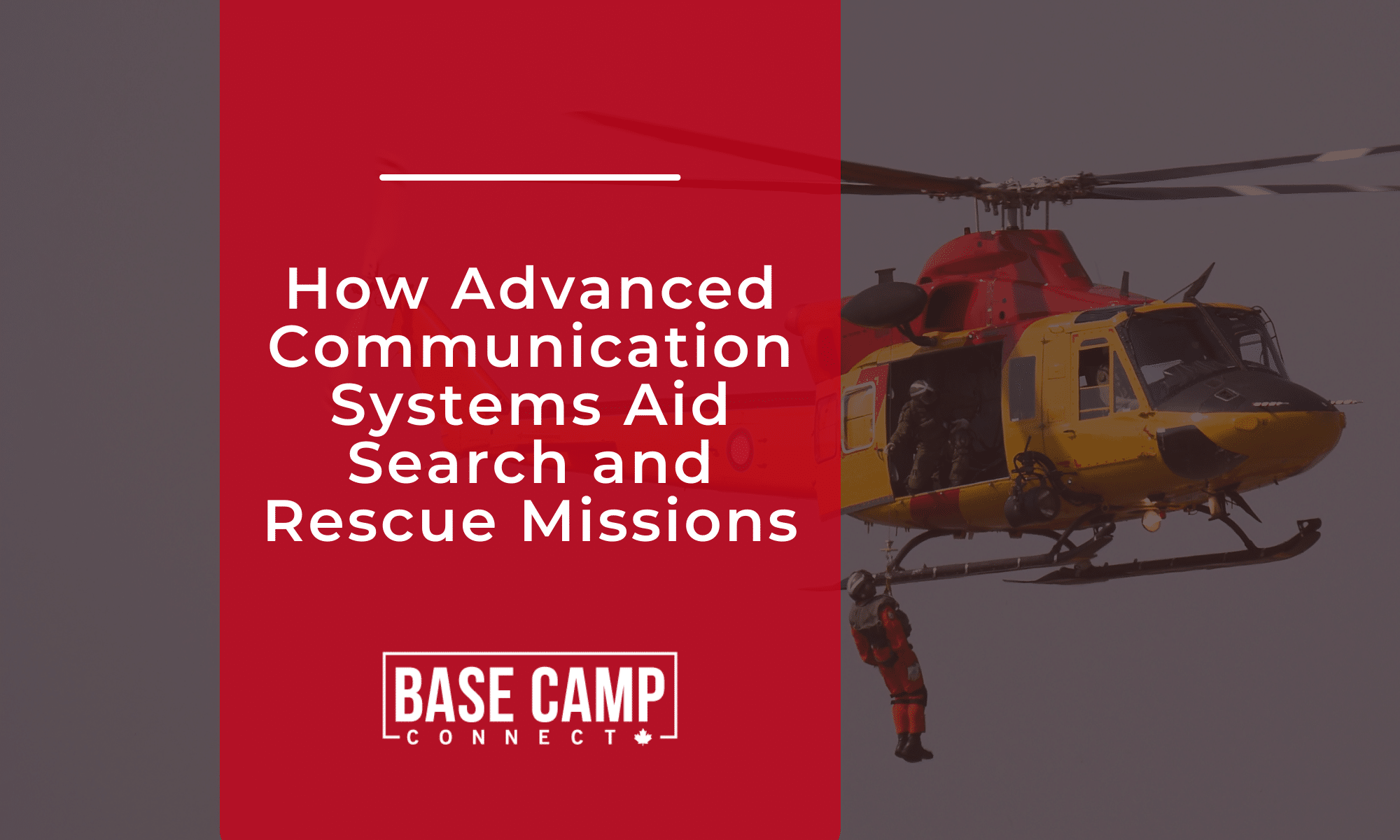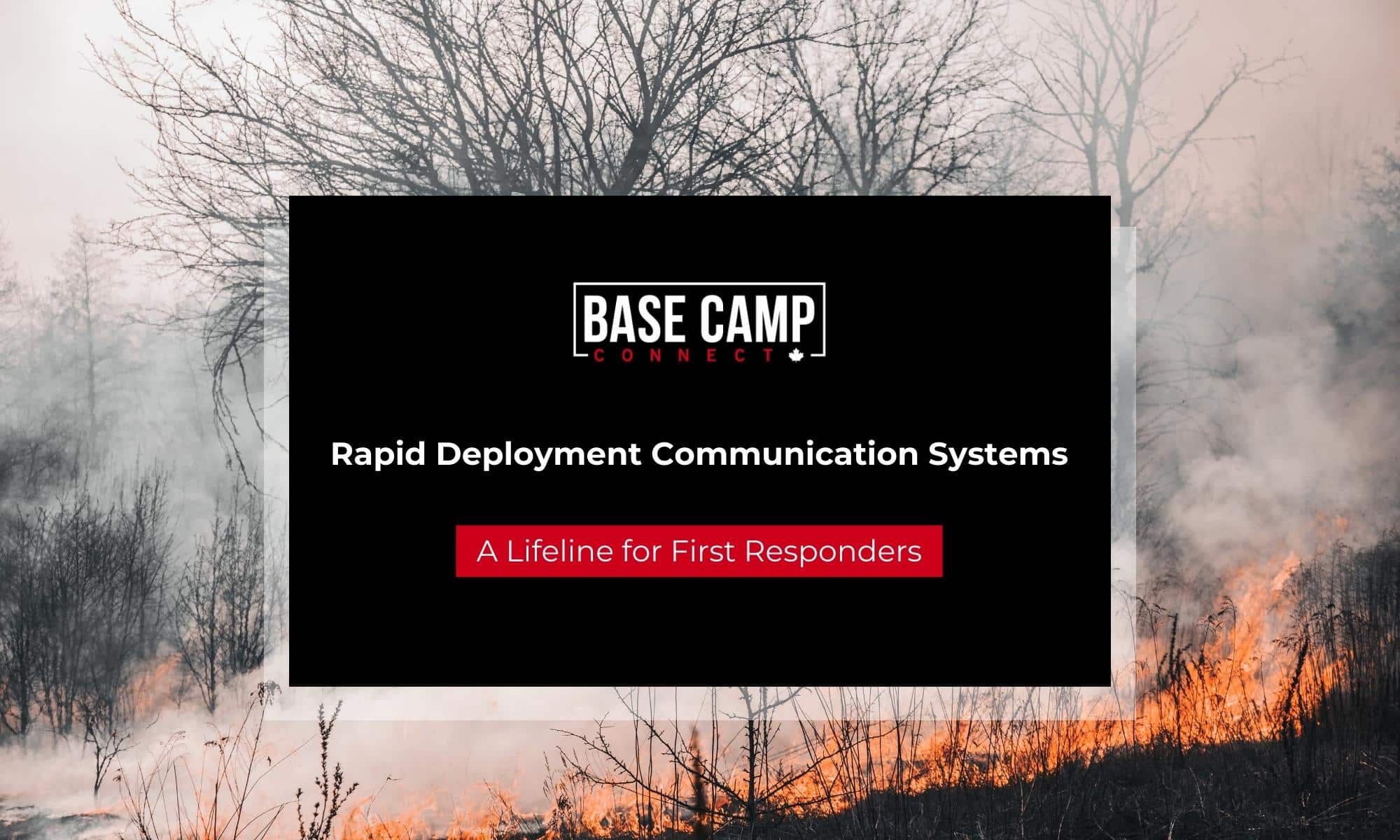In the past few weeks, we have seen some incredible images of what Mother Nature can throw at us in a short period of time. Estimates in the billions of gallons of water were dropped on the Houston area from Hurricane Harvey, and now Hurricane Irma is heading through Florida and heading towards my hometown of Nashville. During the new coverage of these two major events, there has no shortage of public officials talking to reporters about their planning for these events and how ready they were.
FEMA has been working with the nation’s governors to assist them in getting these plans in place. One of the big communications issues that FEMA has asked the governors to work on is the terminology relative to evacuations. According to FEMA – “Governors should plan to use the widest array of communication methods possible to ensure that the public receives vital information during disasters. Those include television, radio, road signs, texts, and social media. Governors can also use systems like the Integrated Public Alert and Warning System to push information out to the public by using them to issue emergency alerts, including wireless emergency alerts, the National Oceanic and Atmospheric Administration (NOAA) Weather Radio, and other public alerting systems. Six States have also developed disaster applications for mobile phones that allow users to receive up-to-date information and warnings. “

Irma Evacuation – Source: ABC News
“Governors also should understand the terminology used to implement evacuations, their potential effect on participation rates, and the legal implications of different types of warning orders. Clear, timely, and phased warning orders must be communicated to the public in a manner designed to elicit high participation rates. Different types of warnings are appropriate in different situations, so it is imperative for governors to clearly communicate evacuation orders to those in danger. Terms such as “mandatory,” “voluntary,” “partial,” and “recommended” have specific legal implications, and the precise meaning of those terms varies from state to state. For example, some states have arrest authority for citizens who refuse to heed a mandatory evacuation. In some states, public safety officials have a reduced liability to respond to 911 calls during mandatory evacuations. Governors are encouraged to review terminology and work with FEMA and state, local, and tribal emergency management agencies to create effective and clear terminology consistent with the National Incident Management System. The terminology should be phrased in a manner that causes citizens in imminent danger to react quickly.”
“A voluntary evacuation is a warning to persons within a designated area that a threat to life and property exists or is likely to exist in the immediate future. Individuals issued this type of warning or order are not required to evacuate; however, it would be to their advantage to do so.”
“A mandatory or directed evacuation is a warning to persons within the designated area that an imminent threat to life and property exists, and individuals must evacuate in accordance with the instructions of local officials. “
“Unfortunately, the terminology is often used inconsistently and inappropriately and can be confusing to the public, which can affect evacuation participation rates. Many times, citizens wait for “mandatory” evacuations to be issued before leaving. FEMA National Hurricane Program post-storm studies regularly indicate that, as one might expect, the public is most likely to heed the term “mandatory evacuation” rather than “voluntary, partial, or recommended evacuation.” That is significant since residents who wait to heed warnings often experience heavy traffic and longer commute times to their evacuation destinations, potentially placing them in danger.”
Again, during both these hurricanes, there was a loss of vital communications from radio and cell phones when power supplies were lost due to flooding and power losses. These events were so large that the response from outside agencies was also huge. Police, fire, EMS and many other NGO’s poured into the Houston area to assist with the search and rescue operations. Many civilians answered the call for the need for small boats and a common thread was none of these responders had the ability to communicate with an EOC or incident commander. If they got into trouble there was no one for them to call. We watch firefighters put out a house fire with the water from the outboard engine on their small boat because the hydrant pressure was so low due to the power loss to the pumping stations. Outside agency responders were confused as to where they were actually operating due to the flooded street and their GPS systems on their phones were not available 100% of the time.

Tropical Storm Harvey in Spring, Texas Source: Post and Courrier
Tennessee Wildfires: Now taking a look back a previous article about the wildfires here in Tennesseeand the communications issues that were faced there. An old awaited report was related to the public and it clearly talks about the issues faced by the fire service responders during this fire fight.
The report stated – “U.S. Interior Secretary Ryan Zinke called failures of communication a recurring theme throughout the wildfire response. The review team found apparent misunderstandings between park officials and fire departments outside the park, with failures on personal and technical levels, according to the report. “Clearly in this case communication broke down,” Zinke said. “The lack of communication only made everything worse.” The park’s radio system, for example, proved incompatible with the Gatlinburg Fire Department’s frequency. Park and city fire crews couldn’t talk to each other on their radios. That gap became a chasm when the fire and high winds toppled power lines and crippled local emergency communications systems. “There were some internal and external communication challenges,” Stutler said. “Systems were not set up, and personnel had limited training for using them.”
Upgrades underway
A release provided prior to the news conference provided a list of upgrades the park service plans as a result of the review.
That list included:
- Upgrade the Great Smoky Mountains National Park’s radio communications system to ensure interoperable communication between the park’s emergency responders and local cooperating agencies, with the capacity to accommodate simultaneous incidents. This is a $2.5 million initiative through a public-private partnership with the Friends of the Smokies and the National Park Service.
- Issue seven neighboring fire departments portable radios and personal protective equipment this fall with funding through the Interior Department’s Rural Fire Readiness program.
These wildfires took the lives of 14 people and destroyed over 2000 home, buildings and business in the Gatlinburg area and the residents have been very vocal about wanting changes.
Be Safe!
Source:
Source: Fema.gov, “Integrated Public Alert Warning System” Department of Homeland Security Federal Emergency Management Agency http://www.fema.gov/integrated-public-alert-warning-system (August 2014).
Department of the Interior, Gatlinburg Wildfire Report, (August 2017)














